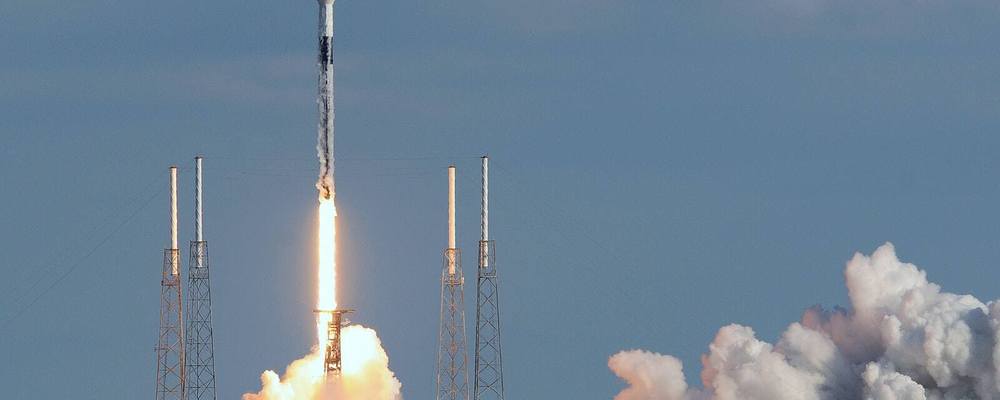The search giant was the only Chinese member of the Partnership on Artificial Intelligence, a US-led effort to foster collaboration on ethical issues.
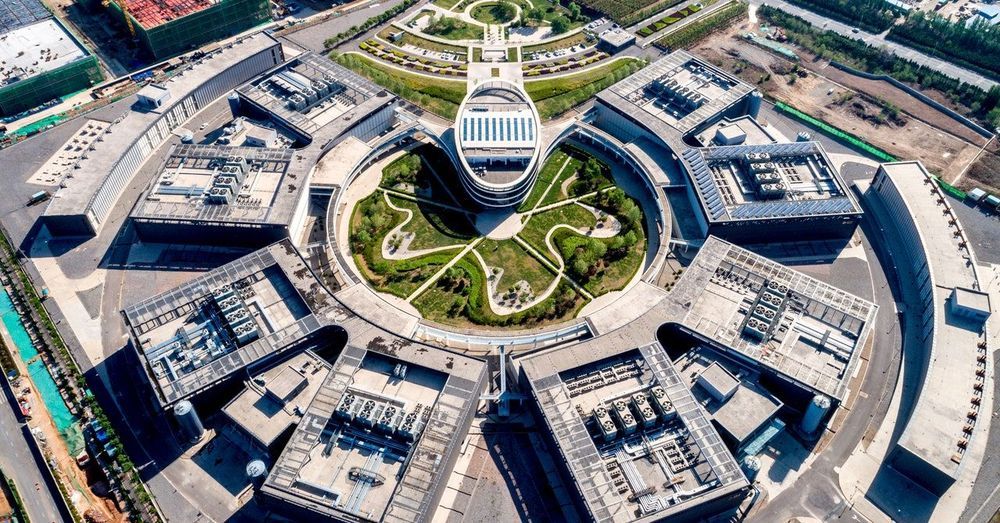


How does our memory work, and how can we optimize its mechanisms on a daily basis? These questions are at the heart of many neuroscience research projects. Among the brain structures examined to better understand memory mechanisms, the reward system is now at the center of investigations. Through the examination of brain activity in healthy human subjects, scientists from the University of Geneva (UNIGE) have highlighted the lasting positive effect of a reward—monetary, in this case—on the ability of individuals to retain a variety of information. Moreover, and much more surprisingly, the research team demonstrated that the average accumulation of reward should be neither too small nor too large. By ensuring an effective neural dialog between the reward circuit and the memory circuit, this delicate balance allows the proper encoding of memories in our brain. These results can be read in Nature Communications.
Empirically, it seems quite logical that obtaining a reward can improve the memories associated with it. But what are the brain mechanisms at work, and how can we exploit them to optimize our memory capacity?
“The positive influence of a reward on memory is a well-known phenomenon,” says Sophie Schwartz, full professor in the Department of Basic Neurosciences at the UNIGE Faculty of Medicine, who led this work. “However, our experiment aimed to take a further step in understanding this mechanism by looking at two important aspects: does the effect last over time and what role does the accumulation of reward play?”
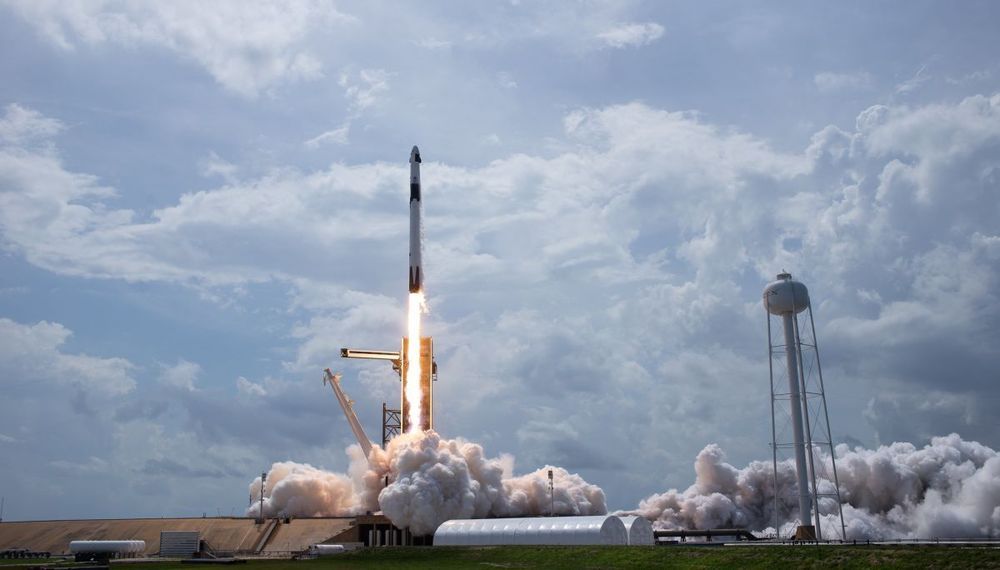
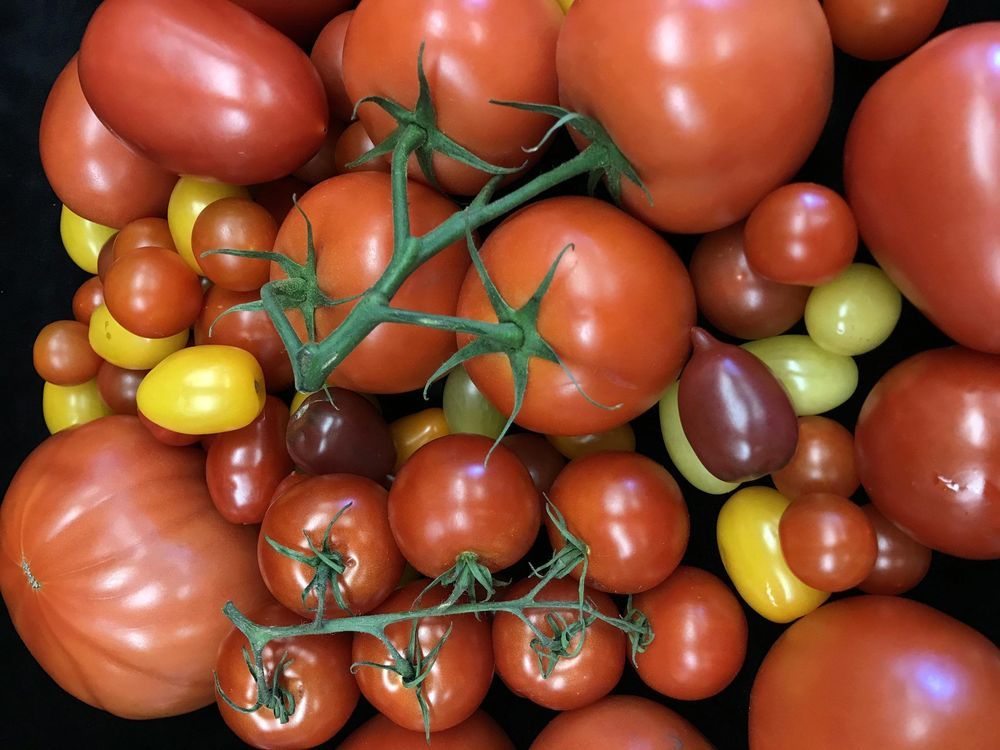
Human appetites have transformed the tomato — DNA and all. After centuries of breeding, what was once a South American berry roughly the size of a pea now takes all sorts of shapes and sizes, from cherry-like to hefty heirloom fruit.
Today, scientists are teasing out how these physical changes show up at the level of genes — work that could guide modern efforts to tweak the tomato, says Howard Hughes Medical Institute Investigator Zachary Lippman.
He and colleagues have now identified long-concealed hidden mutations within the genomes of 100 types of tomato, including an orange-berried wild plant from the Galapagos Islands and varieties typically processed into ketchup and sauce.

Qualcomm today announced its RB5 reference design platform for the robotics and intelligent drone ecosystem. As the field of robotics continues to evolve towards more advanced capabilities, Qualcomm’s latest platform should help drive the next step in robotics evolution with intelligence and connectivity. The company has combined its 5G connectivity and AI-focused processing along with a flexible peripherals architecture based on what they are calling “mezzanine” modules. The new Qualcomm RB5 platform promises an acceleration in the robotics design and development process with a full suite of hardware, software and development tools. The company is making big promises for the RB5 platform, and if current levels of ecosystem engagement are any indicator, the platform will have ample opportunities to prove itself.
Targeting robot and drone designs meant for enterprise, industrial and professional service applications, at the heart of the platform is Qualcomm’s QRB5165 system on chip (SOC) processor. The QRB5165 is derived from the Snapdragon 865 processor used in mobile devices, but customized for robotic applications with increased camera and image signal processor (ISP) capabilities for additional camera sensors, higher industrial grade temperature and security ratings and a non-Package-on-Package (POP) configuration option.
To help bring highly capable artificial intelligence and machine learning capabilities to bear in these applications, the chip is rated for 15 Tera Operations Per Second (TOPS) of AI performance. Additionally, as it is critical that robots and drones can “see” their surroundings, the architecture also includes support for up to seven concurrent cameras and a dedicated computer vision engine meant to provide enhanced video analytics. Given the sheer amount of information that the platform can generate, process and analyze, the platform also has support for a communications module boasting 4G and 5G connectivity speeds. In particular, the addition of 5G to the platform will allow high speed and low latency data connectivity to the robots or drones.
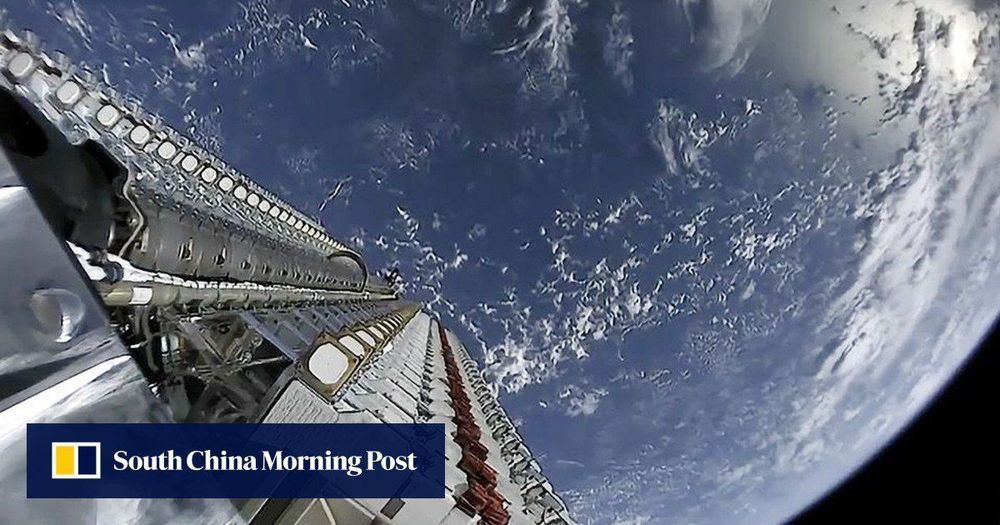

Aquatic internet that sends data through light beams could enable divers to instantly transmit footage from under the sea to the surface.
The internet is an indispensable communication tool, connecting tens of billions of devices worldwide, and yet we struggle to connect to the web from under water. “People from both academia and industry want to monitor and explore underwater environments in detail,” explains the first author, Basem Shihada. Wireless internet under the sea would enable divers to talk without hand signals and send live data to the surface.
Underwater communication is possible with radio, acoustic and visible light signals. However, radio can only carry data over short distances, while acoustic signals support long distances, but with a very limited data rate. Visible light can travel far and carry lots of data, but the narrow light beams require a clear line of sight between the transmitters and receivers.
